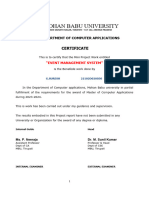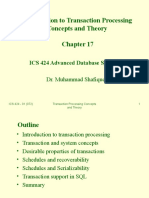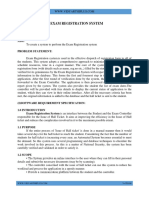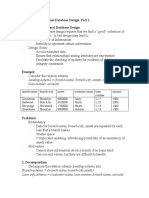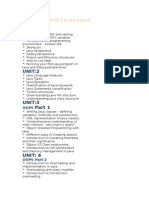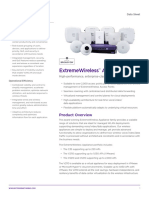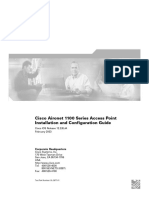0% found this document useful (0 votes)
262 views27 pagesNetworking Project For Data Center
The document outlines a network design project for Wachemo University aimed at creating a robust, secure, and scalable network infrastructure to support academic and administrative functions. It details the project's purpose, scope, objectives, and expected outcomes, including improved connectivity, security, and cost efficiency. The project encompasses the entire campus network, including wired and wireless systems, and aims to address current limitations while accommodating future growth.
Uploaded by
setemelese91Copyright
© © All Rights Reserved
We take content rights seriously. If you suspect this is your content, claim it here.
Available Formats
Download as DOCX, PDF, TXT or read online on Scribd
0% found this document useful (0 votes)
262 views27 pagesNetworking Project For Data Center
The document outlines a network design project for Wachemo University aimed at creating a robust, secure, and scalable network infrastructure to support academic and administrative functions. It details the project's purpose, scope, objectives, and expected outcomes, including improved connectivity, security, and cost efficiency. The project encompasses the entire campus network, including wired and wireless systems, and aims to address current limitations while accommodating future growth.
Uploaded by
setemelese91Copyright
© © All Rights Reserved
We take content rights seriously. If you suspect this is your content, claim it here.
Available Formats
Download as DOCX, PDF, TXT or read online on Scribd
/ 27

